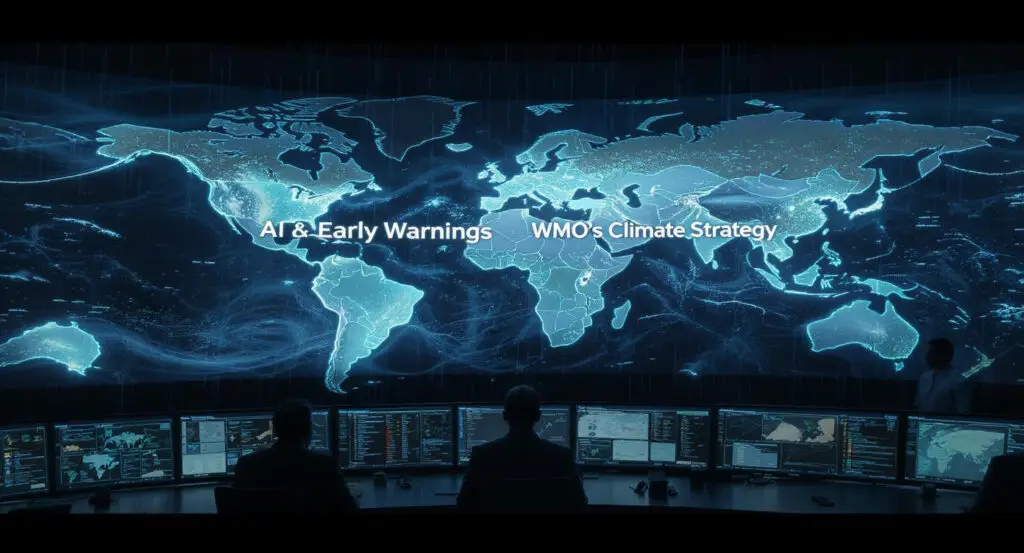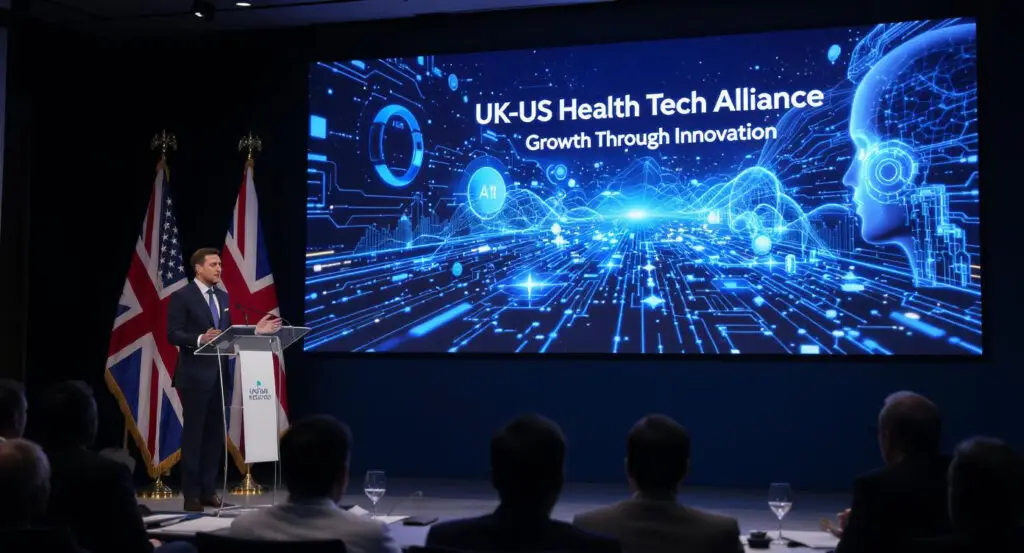The World Meteorological Organisation (WMO) opened its Executive Council session this week with a bold call for innovation, cooperation, and urgency as the world faces increasingly extreme climate and weather events. Held during the agency’s 75th anniversary, the five-day meeting in Geneva underscores a clear message: the future of weather and climate resilience will hinge on embracing new technologies like artificial intelligence (AI) while scaling up life-saving services such as early warning systems.
Speaking to delegates from across the globe, WMO President Abdulla Al Mandous framed the stakes plainly. “WMO must become more effective, more efficient, and far more responsive to the challenges facing humanity and the urgent needs of the people we serve,” he said.
With the theme “Science for Action,” the Executive Council is using this milestone moment to spotlight its critical role in global safety and economic stability. Far from a nostalgic celebration, the meeting is focused on building the tools and partnerships needed to manage a fast-changing world.
AI Takes the Forecasting Frontier
A key topic commanding attention this year is artificial intelligence. Once viewed as a niche tool, AI is now at the forefront of Earth system science and weather forecasting. National Meteorological and Hydrological Services are already deploying AI to enhance prediction accuracy and data analysis. Still, WMO leaders caution that while AI holds vast potential, it must be implemented responsibly and in alignment with established global standards.
“AI is rapidly reshaping how we work, creating a demand for new skills and increased adoption of AI technology,” said Al Mandous. “We need to embrace this challenge, balancing short-term caution with long-term engagement with AI innovation and its expansion.”
The WMO’s Integrated Processing and Prediction System (WIPPS) is expected to guide how AI and machine learning are safely and sustainably woven into meteorological practice. Discussions this week will also explore how to govern AI through inclusive collaboration, with representatives from Big Tech, academia, and the WMO community sharing insights at a high-level Open Consultative Platform session.
Early Warning Systems: A Global Imperative
While AI represents the future, saving lives in the present remains a top priority. One of the WMO’s cornerstone initiatives, Early Warnings for All, is making measurable progress. The ambitious goal is to ensure that every person on the planet is protected by an early warning system by the end of 2027.
Al Mandous likened the effort to a coordinated defence system. “The Systematic Observations Financing Facility [is] our shield, closing critical data gaps,” he said. “The Climate Risk and Early Warnings Systems Initiative is our sword, translating data into immediate, actionable warnings.”
Despite budgetary constraints, WMO officials expressed confidence in meeting the goal, crediting global partnerships for continued momentum.
Doing More with Less: A Call for Strategic Clarity
Underpinning much of the discussion is a stark reality: WMO is being asked to deliver more services, more coordination, and more innovation with fewer resources. Secretary-General Celeste Saulo didn’t shy away from this challenge.
“This is not a communication problem. It is a strategic positioning challenge,” she said. “And it is solvable if we align our narrative with broader global priorities and if we demonstrate impact in terms that others understand.”
Saulo emphasised the importance of connecting WMO’s technical work with broader global goals. “When we talk about data exchange, let’s connect it to diplomacy and security. When we discuss warnings, let’s link them to public trust and institutional legitimacy,” she said. “What we offer is not minor. It is essential infrastructure. It is foresight. And it is a global public good in its purest form.”
Looking Ahead: Science in Service of Humanity
As the Executive Council looks to the future, the WMO’s message is clear: science must be actionable, collaboration must be constant, and innovation must serve humanity. Whether through early warnings that save lives or AI systems that forecast with precision, the WMO remains committed to delivering trusted, science-based services to an increasingly uncertain world.
By anchoring its 75th anniversary in forward-looking strategy, the WMO is not just marking a historic milestone; it is mapping out a path for the decades to come.























